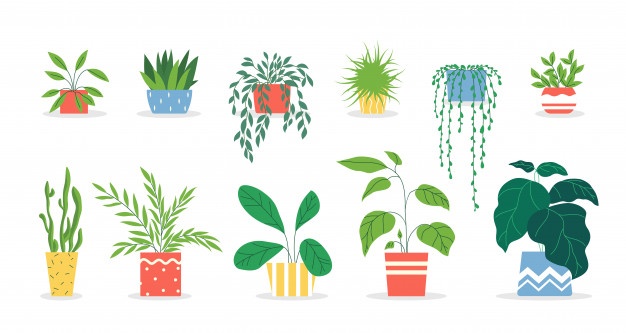With Halloween now behind us and orange leaves beginning to choke up gutters around Montreal, students may be looking for ways to keep seasonal mood swings at bay. Houseplants are one affordable, easy-to-maintain, and fulfilling avenue to brighten any living space.
Described by her friends as a “plant mom,” Shrabani Debroy, the Local Wellness Advisor (LWA) for McGill’s Law department, explained the benefits of plants in one’s personal space.
“I think that just the idea of growing something and taking care of [it], [tends] to a lot of our nurturing needs,” Debroy said. “Just watching the plants grow, that’s really rewarding. Whenever my plant has a new leaf, it’s super […] exciting!”
Debroy highlighted Peperomia, a succulent-like houseplant that is easy to care for, among her personal favourite plants.
“They’re so much fun, and they come in so many varieties,” Debroy said. “They tend to grow [well]. I also like ‘ZZ’ plants [Zamioculcas zamiifolia]. They’re super easy to take care of. They’re so beautiful that they look plastic, [so they] literally look fake.”
The scientific names of plants can be confusing to students at first but thankfully, there are some amazing online resources for those hoping to get started from ground zero. The Quebec government has a helpful and informative website that breaks down everything one needs to know about home gardening.
For students without a green thumb to speak of, or who even have a trail of murdered houseplants in their past, fear not: There are plenty of plants that thrive off of negligence and are easy for beginners to take care of.
Aptly named for its spindly leaves, the “spider plant” deserves the hype as it is easy to care for and propagate. Similar to the spider plant, the “pothos” is often cultivated in hanging baskets as it is a vine-growing plant. With durable and waxy heart-shaped leaves, this household classic is a great option that also saves space. Any variety of cacti would also be a good choice, as they are notoriously hard to kill and very resistant to neglect. That being said, not all cacti are created equal, so it is best to do cursory research on any specific varieties. Finally, the “flamingo lily” is a simple yet beautiful tropical flowering plant, and known to endure neglect well.
Tasmin Chu, U1 Arts, shared her perspective as a novice plant-caretaker in the hopes that it would encourage other students to make the leap and adopt a few plants of their own. However, Chu does not identify herself as a plant parent.
“Absolutely not, because I kill a lot of plants,” Chu said. “But at the same time, I’m a regretful serial killer [….] The passage of plants [through] my life may be transitory, but I still experience a lot of joy [as a result].”
While her own collection is rather modest, Chu still had helpful pointers for novice plant parents who may be restricted by a lack of natural light and surface space in their living spaces.
“I have a flamingo plant, [and] his name is John Donne, after the English poet who wrote some very sexy verses,” Chu said. “Flamingo plants are very easy to take care of because they don’t require a lot of sun or water. Start out with something low maintenance that you’re not afraid to kill.”
Speaking to the studies that have been done on the alleged benefits—both physical and psychological—of owning houseplants, Chu was slightly skeptical.
“I appreciate that in a hyper-productive modern world, people feel the need to justify owning plants to themselves by touting the so-called benefits of owning plants,” Chu said. “But honestly, it’s [just] a plant and it’s beautiful.”









